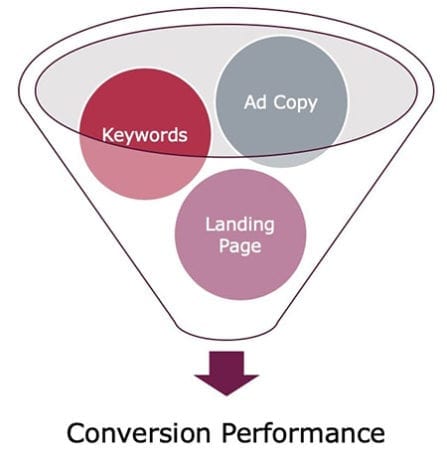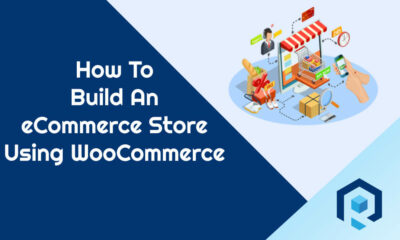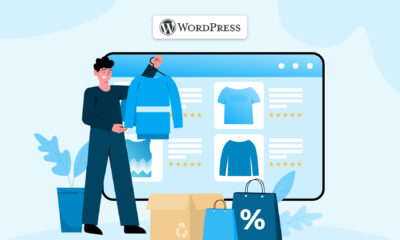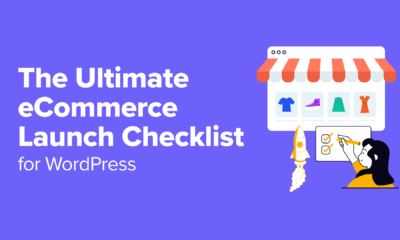MARKETING
Are High Shipping Prices Killing Your Ecommerce Sales?

As an account manager, I frequently analyze platforms and Google analytics. A bulk of my time is measuring performance, identifying wasteful spend, and looking for ways to increase leads or revenue. Less of my time is spent navigating the clients website like their customers. Perhaps this is a mistake.
Are Website Errors Impacting Conversions?
Over the years, my investigation of poor campaign performance has led me to find issues on the website that were affecting performance. One time the cost-per-lead (CPL) spiked in one of my campaigns, and I discovered the lead form was broken. Another time a form option was removed and those campaign’s leads flatlined.
Another time I noticed a decrease in call conversions. The report showed more than 41 calls, but the call duration did not exceed 30 seconds which is the required length to be counted as conversions. After testing the phone number, the greeting stated the offices were closed. It turned out an employee left the company, and no one redirected the phones and instead all the calls went to voicemail.
Sometimes we forget campaigns can drive the right customers to the right pages, but then the website loses the conversion. The landing page experience is a key factor in the conversion performance for a campaign. If your form is too complex it can frustrate mobile searchers. If the checkout process is too confusing, your customers might abandon their cart.

Tip: Double check your conversion tracking, search impressions share lost to rank, and any potential negatives preventing your ads from showing.
Google Merchant Center Warnings
Recently, one of my clients received a policy violation warning from Google Merchant Center their shipping prices did not match on the website compared to what was in their feed. After receiving this notice, I spent time reviewing the shipping prices in Google Merchant Center versus their website.
If you are new to PPC or Shopping, the Google Merchant Center is a tool that gives you a place to upload and store products data for your website. This tool pushes the products into your Google Shopping campaign. Sometimes your product prices, availability, or shipping prices become outdated on the website. This may require something as simple as logging in and refreshing the feed. However, it may require updating information on the website or in merchant center to make sure they are the same.

Tip: Shipping and tax prices listed in Google Merchant Center can be higher than what is on your website without getting penalized. The prices listed on your website should never be higher than what is listed in your data feed.
In Google Merchant Center, using the Shipping Calculator, one products shipping price was $101.97.

On the website, I then proceeded to search the same city, state, and zip code shown in Merchant Center for the address. The listed price on the website was almost $100 higher at $199.95. This is the reason why the client was flagged for discrepancies.


Next, I tested some other locations to see if they were different. In Utah, the price was even higher at $399.90 for a product that is priced at $618.
Next, I selected Texas for the shipping destination and found the shipping price was $419.90. It is probably impossible to imagine anybody willing to pay that much for shipping.

After seeing these high shipping prices, it made me wonder if anyone had been willing to pay more than $300 for shipping on similar orders that were less than $1000. In Analytics, I downloaded all similar orders over the past year. Out of 293 orders, only 12% of the orders paid more than $200 in shipping, and only 1% paid more than $300.

This finding was significant, because it made me question if we had lost out on orders in states with higher shipping costs. This client sometimes runs promotions offering $200 off orders, and this often produced a spike in sales. After bringing this to the attention of my client, they are testing lower shipping prices.
How Important Is Free Shipping?
Are we coming to a point where people prefer free shipping? One recent article shows customers want items shipped fast and free. It also says more than 70% of customers will not come back after a poor shipping experience. Amazon offering Prime members free shipping was a game changer for internet shoppers. Although I have found merchants often roll the shipping costs into the price. Still there is a perceived free shipping offer available.
One article by Neil Patel says you can make free shipping profitable. He suggests running an A/B comparison where you can measure the differences in your total revenue when you offer free shipping. Is it possible offering shoppers free shipping increases your total orders and revenue? Another option is to offer free shipping on higher order values. ChannelAdvisor says “93% of shoppers willing to take advantage of offers to qualify for free shipping.”
Another good practice is to go through the checkout process as a customer to discover any roadblocks on your website. One time a shipping app failed to work and only offered Express shipping prices at a higher rate.


















